Back to Blog
How to Make Generative Art NFTs: Exploring Chromie Squiggles, FX.hash, and More
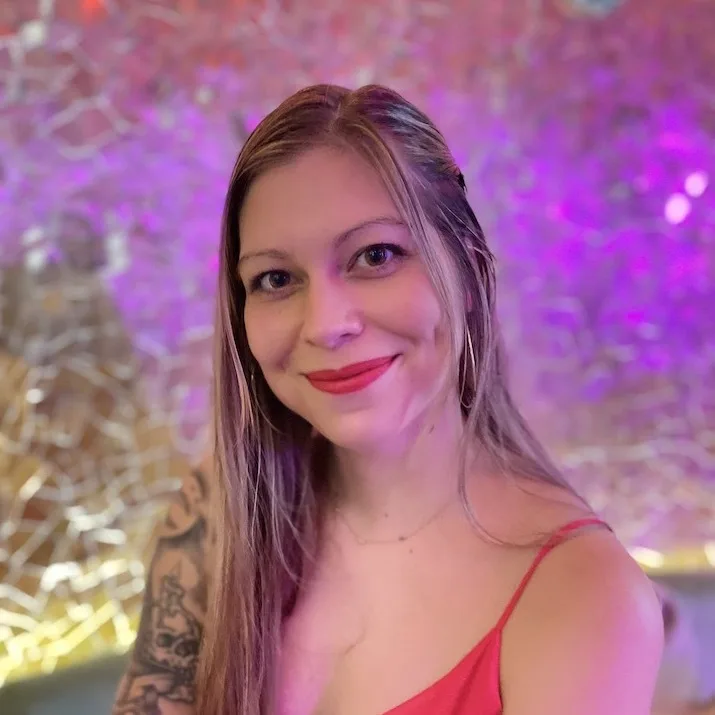
Virginia Valenzuela
Mar 28th, 2023
.4 min read
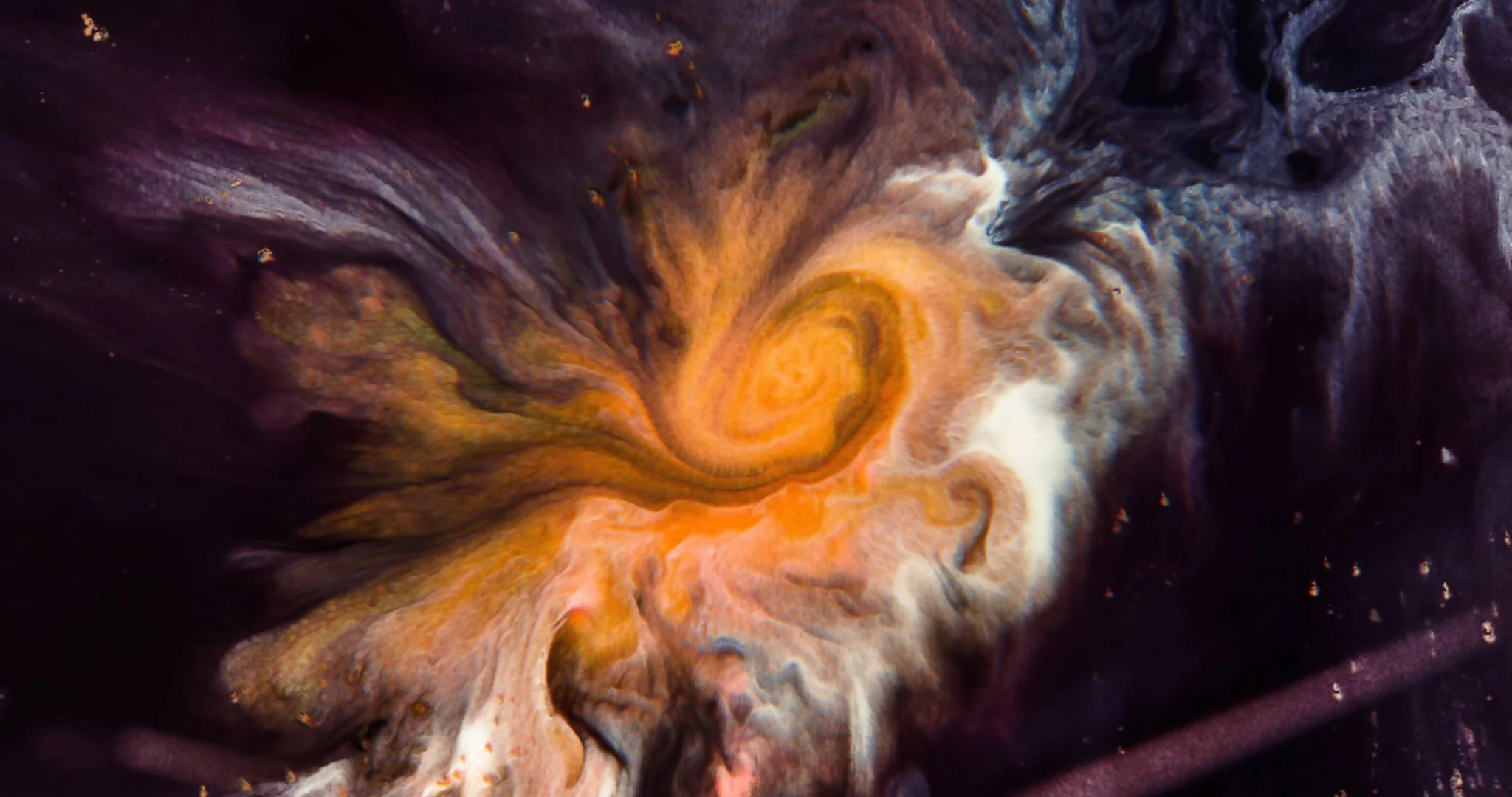
Generative art has a long and storied history that begins in the 1950s with computers that took up entire rooms, had no screens, and required in-depth technical knowledge to operate. Generally rejected by the traditional art world, generative art has since found new life in the exciting world of NFTs, where some artists make six-figure sales on single pieces, selling out entire collections in a matter of hours.
Generative art has come far. NFT artists like Zancan, Matt Kane, Ivona Tau, and Aleksandra Jovanić have made a splash in the world of generative art. For example, Matt Kane made $17 million at the end of 2022 with QQL, a 900-piece mint pass, and Zancan was named the best-selling artist on the entire Tezos blockchain. Curated platforms like SuperRare and Verse have even dedicated whole exhibitions to the practice, showing how far generative art has come.
But, while these talented artists enjoy the limelight, many creators, some with little to no coding experience, are now turning to generative art as a way of building community, engaging their existing collector bases, and making a living, proving that it's never too late to learn a new skill and emerge amongst the stars.
What is a generative art NFT?
Generative art is a style of art that is created with code, and that often has a geometric aesthetic. Many artists lean into using their systems to create pieces that balance order and chaos, thinking of their practice as a sort of collaboration between human and machine.
Some artists have a specific result in mind, and they alter the script until they get the desired artwork. Other artists revel in the unknown, lending more trust and responsibility to the system, and having fun playing with algorithms.
Major platforms in generative art
ArtBlocks is the leading platform specifically built for minting and collecting generative art NFTs on the Ethereum blockchain. According to Statista, roughly 227,000 transactions have produced a total sales volume of $1.36 billion on Art Blocks in the primary and secondary markets combined. They offer Curated, Presents, and Pace collections to help collectors find projects that fit their tastes, price points, and interests.
FX.hash is a Tezos-based platform that's become a favorite tool for creators who want to bring together generate-at-mint artworks and live events. Because Tezos has a more affordable token price and generally features artworks that are sold at lower price points, many new collectors dip their toes into NFT collecting on places like FX.hash. The lower barrier to entry has also allowed artists with fewer resources to build collections and communities in really meaningful ways.
And finally, Sansa, GEN.art, and Tender.art are great platforms that help to curate generative art NFTs that are minted on both their smart contracts and on other marketplaces.
Well-known generative art NFT projects
Arguably, the most iconic generative art project to date is Chromie Squiggles by Snowfro, the Founder of Art Blocks. Chromie Squiggles was the first project minted on the platform, and though it started out as a mere proof of concept, it turned into something much bigger. The biggest sales are upwards of $2.4 million (for Squiggle #3984) and the floor price holds steady at 10 ETH as of writing. Most importantly, this project didn't just prove that a generative art platform could succeed: It also showed how generative art could be at the forefront of an artistic movement. This collection is composed of 10,000 pieces that were randomly presented at the time of mint (9,000 were made available while the rest remained in Snowfro’s possession).
Tyler Hobbs’ Fidenza is a generative art project that utilizes a flow field algorithm that produces unpredictable curves that don’t overlap, but instead create random, yet clean patterns. The artist introduces different thicknesses, turbulence, and color patterns to shape the rarity of each piece. Made up of 999 pieces, the collection was dropped on Art Blocks in October of 2021 and has a current floor price of 76 ETH.
“Vortex” is a series of 1,000 NFTs created by Jen Stark on Art Blocks in December of 2021. Each piece is a colorful 3D sculpture that incorporates her signature aesthetic, but also doubles as an interactive NFT. Each NFT was generated at mint, with an algorithm set to specific parameters that influenced color, edges, number of layers, and more.
Created by one of the biggest names in cryptoart, XCOPY’s “Grifters” is a collection of 666 artworks that bring together the artist’s style, humor, and cultural commentary. The artworks show a dark background with XCOPY’s usual color palette of dark yellows, blues, and greens, but they differ from his usual aesthetic in that they are static pieces. Released in December of 2021, Grifters have remained popular, with a floor price of 12 ETH.
Best tools for creating generative art
Naturally, artificial intelligence art tools like DALL-E and Midjourney are one of the first places people with little experience making art go to experiment. While artificial intelligence has had a long relationship with art making, the jury is still out on how the artist community feels about NFTs made with nothing more than a prompt plugged into a commercial algorithm, especially given the ethical concerns of AI tools scraping the internet for images and effectively stealing from artists.
But if you have some fun using AI art tools and are feeling inspired and adventurous, there are several websites you can use to learn just enough coding to make some generative art NFTs.
Scratch is an incredibly easy-to-use platform that breaks pieces of code into color-coded blocks and teaches you how to piece them together. Brought to life by MIT, Scratch features an intuitive UX and is made for learning and creating. Everything from static artworks to beautifully crafted games have been made and shared on this network.
How NFT royalties work for generative art NFTs
Like any other NFT, artists can set royalties for their artworks depending on which platform they decide to mint. On Art Blocks, creators get a 5 percent royalty on secondary sales, while the standard royalty on FX.hash is 10 percent on secondary sales. Some other platforms allow the artist to choose what percentage they would like to receive on secondary sales, with some artists going up to 20 percent.
In a market where NFT sales have taken a backseat to the Bitcoin uptick, generative art NFTs offer some silver lining for artists trying to break into the market and maintain new or existing sales. As an increasingly accessible genre of art, generative art NFTs are becoming a stronghold in the NFT marketplace.
Related Posts
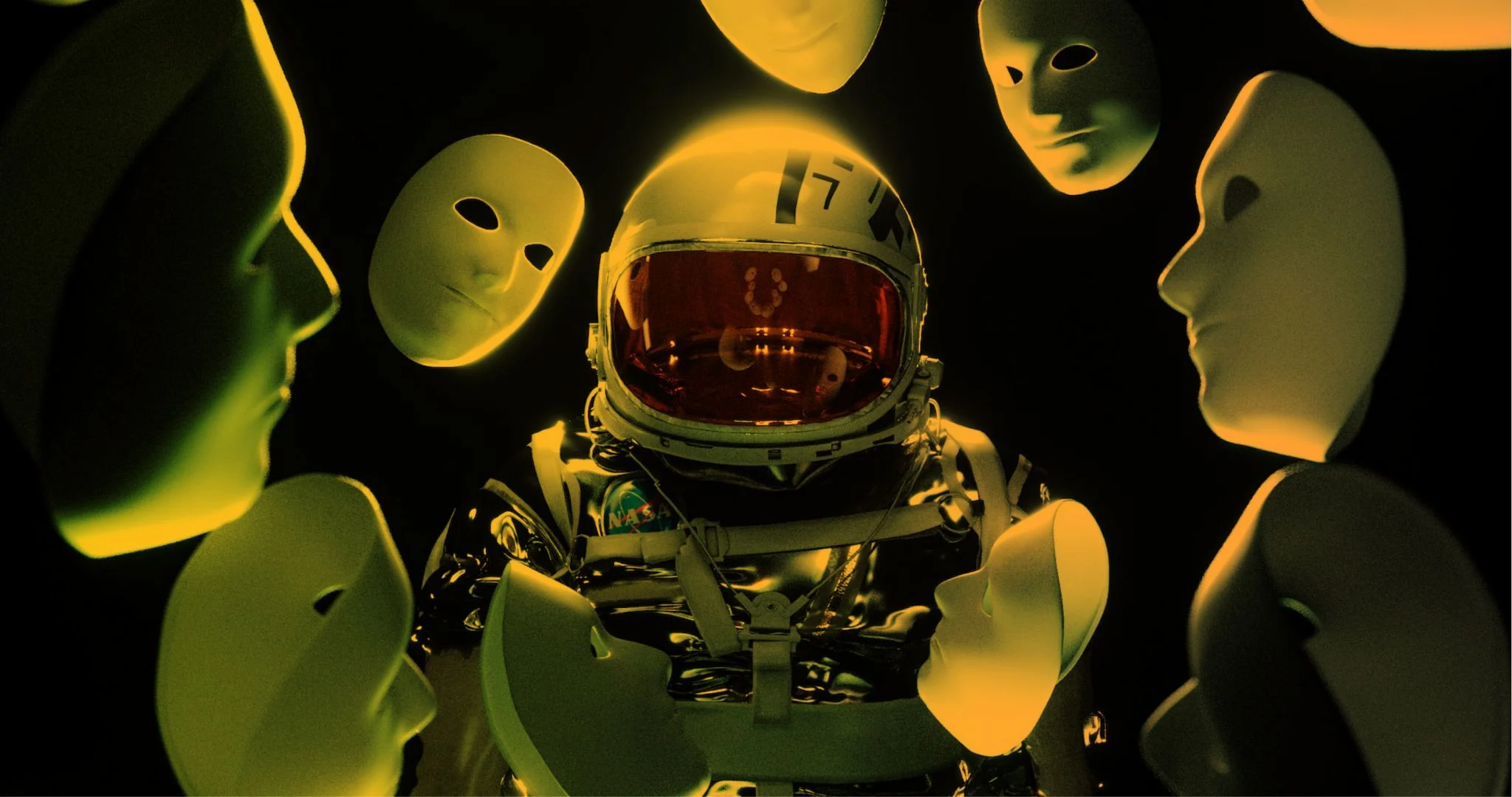
What Is an NFT Artist? On-Chain Art on SuperRare, Community, and More
Artists who utilize NFTs are growing in number, and there is good reason wh...

Virginia Valenzuela
Mar 23rd, 2023
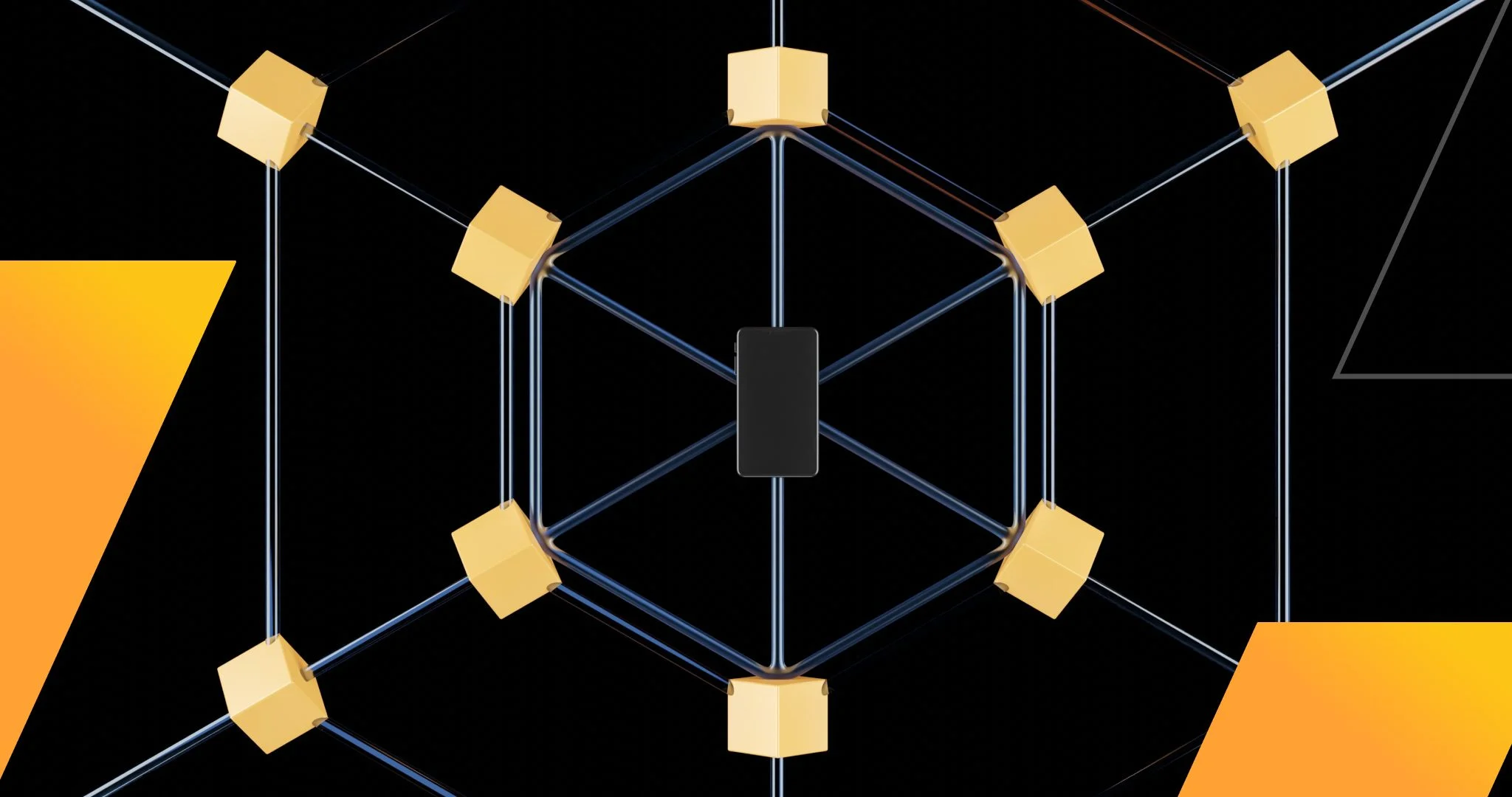
What Is the Metaverse? A New Guide for Your Web3 Future
Since logging on in the 1990s, the internet has become exponentially more c...

Virginia Valenzuela
Mar 22nd, 2023
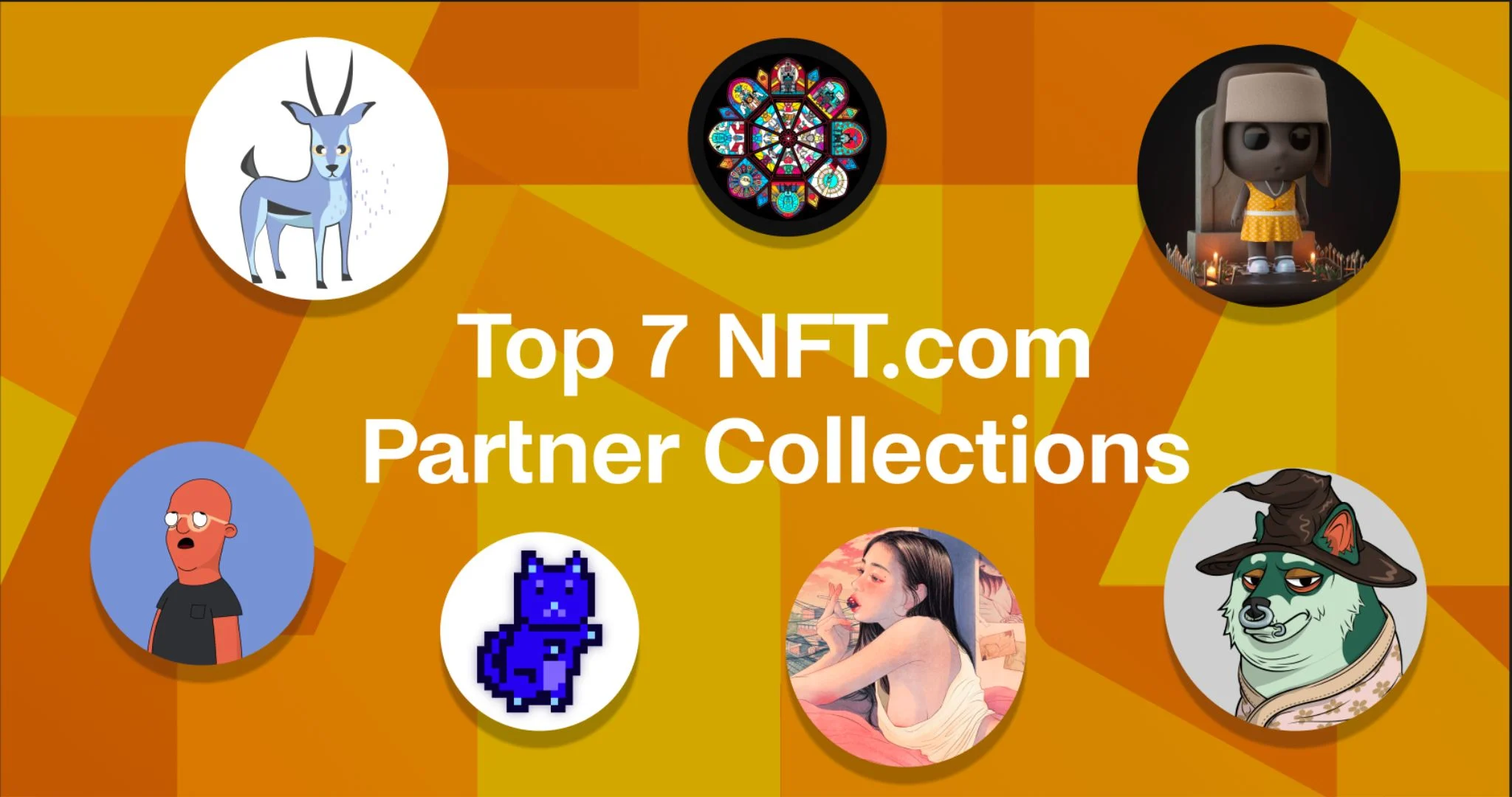
7 NFT Collections That Are Redefining Our Web3 Imagination
From Saint Robotica's robotsaints DOGE meme avatars, these NFT collections ...
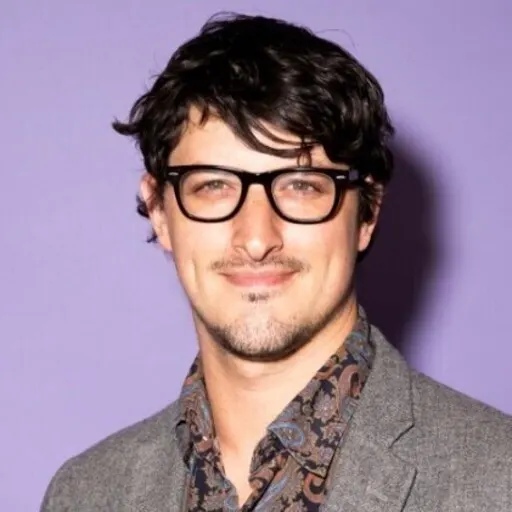
Nick Fouriezos
Mar 21st, 2023